Polarized Filter What Is For ?
A polarized filter is a type of optical filter that is used to selectively block certain polarized light waves while allowing others to pass through. It is commonly used in photography and cinematography to reduce glare and reflections from non-metallic surfaces such as water or glass. By blocking the horizontally polarized light waves, a polarized filter helps to enhance color saturation, improve contrast, and create more vibrant and detailed images. It is also used in various other applications such as sunglasses, LCD screens, and scientific research.
1、 Light manipulation and polarization
A polarized filter is a device used to manipulate and control the polarization of light. Light is an electromagnetic wave that oscillates in all directions perpendicular to its direction of propagation. However, when light interacts with certain materials or passes through certain optical systems, it can become polarized, meaning its oscillations are restricted to a specific plane.
Polarized filters are made of a material that selectively transmits light waves with a specific polarization orientation while blocking or absorbing light waves with other orientations. They work by allowing only light waves oscillating in a particular plane to pass through, while blocking or reducing the intensity of light waves oscillating in other planes.
The primary purpose of a polarized filter is to control the amount and direction of light that reaches a camera lens or the human eye. They are commonly used in photography to reduce glare and reflections from non-metallic surfaces such as water or glass. By selectively blocking horizontally polarized light, polarized filters can enhance color saturation, improve contrast, and provide clearer images.
In addition to photography, polarized filters have various applications in science, technology, and industry. They are used in LCD displays to control the orientation of light and improve image quality. They are also employed in polarizing microscopes to study the optical properties of materials and in optical systems to control the polarization state of light for various purposes.
From a recent perspective, researchers are exploring new ways to utilize polarized filters in fields such as telecommunications, quantum computing, and biomedical imaging. By manipulating the polarization of light, scientists aim to develop advanced technologies that can transmit information more efficiently, enhance data security, and improve medical diagnostics.
In conclusion, a polarized filter is a versatile tool for light manipulation and polarization. Its ability to selectively transmit or block light waves based on their polarization orientation makes it invaluable in various applications, from photography to advanced scientific research.

2、 Optical properties and applications of polarized filters
A polarized filter is a device that selectively transmits light waves of a specific polarization while blocking waves of other polarizations. It is commonly used in various optical applications to control the intensity and direction of light.
The primary purpose of a polarized filter is to reduce glare and unwanted reflections. When light reflects off a non-metallic surface such as water, glass, or a shiny object, it becomes polarized in a specific direction. This polarized light can cause discomfort and reduce visibility. By using a polarized filter, the unwanted polarized light can be blocked, resulting in a clearer and more comfortable view.
Polarized filters are extensively used in photography to enhance the quality of images. They can reduce reflections from water or glass surfaces, improve color saturation, and increase contrast. Landscape photographers often use polarized filters to capture vibrant and detailed images of skies, water bodies, and foliage.
In addition to photography, polarized filters find applications in various fields such as microscopy, LCD displays, and 3D glasses. In microscopy, polarized filters are used to enhance contrast and visibility of transparent samples. LCD displays use polarized filters to control the direction of light transmission, allowing for clear and vibrant images. 3D glasses utilize polarized filters to separate the left and right eye images, creating a stereoscopic effect.
The latest point of view regarding polarized filters is their potential use in virtual reality (VR) and augmented reality (AR) technologies. By incorporating polarized filters into VR/AR headsets, it is possible to enhance the visual experience by reducing glare and improving image quality. This can lead to more immersive and realistic virtual environments.
In conclusion, polarized filters have a wide range of applications in controlling light polarization. They are primarily used to reduce glare and unwanted reflections, enhance image quality in photography, and improve visibility in various optical systems. With advancements in technology, polarized filters continue to find new applications, such as in VR/AR devices, to enhance the visual experience.
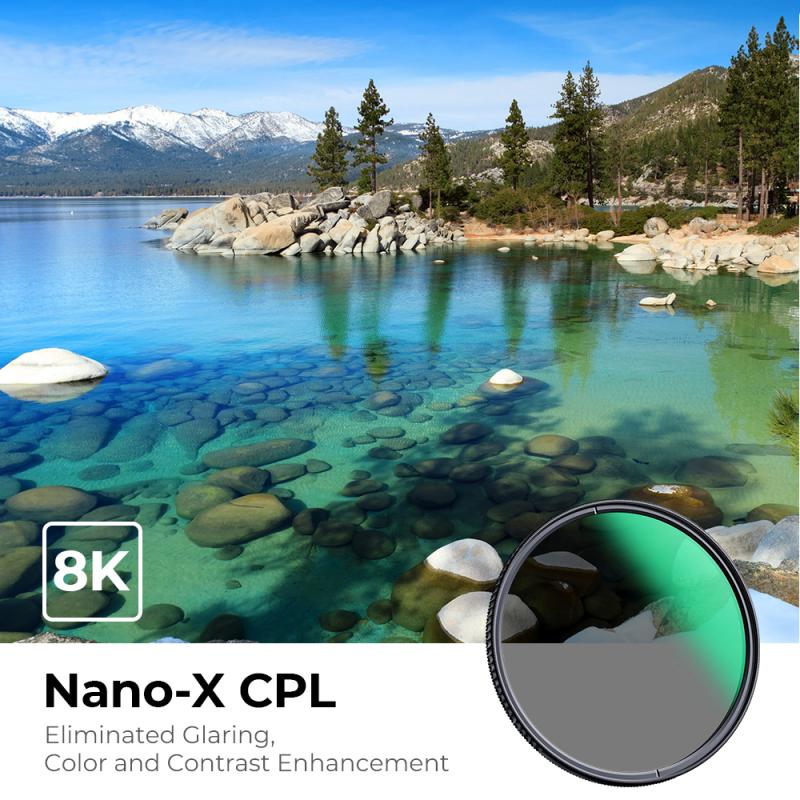
3、 Polarization techniques in photography and cinematography
A polarized filter is a tool used in photography and cinematography to control and manipulate the polarization of light. It is a transparent filter that contains a special material that blocks certain light waves, allowing only light waves of a specific orientation to pass through. This filter can be attached to the front of a camera lens or used in front of a light source to achieve various effects.
The primary purpose of a polarized filter is to reduce glare and reflections from non-metallic surfaces such as water, glass, and foliage. By selectively blocking light waves that are horizontally polarized, the filter helps to enhance color saturation, increase contrast, and improve overall image clarity. This is particularly useful in landscape photography, where reflections can often hinder the desired visual impact.
Additionally, polarized filters can also be used to create dramatic effects in the sky. By rotating the filter, photographers can darken the blue sky, making clouds stand out more prominently. This technique is commonly used in outdoor photography to add depth and drama to the composition.
In cinematography, polarized filters are used to achieve similar effects. They can help to reduce glare and reflections on set, resulting in cleaner and more visually appealing shots. Moreover, polarized filters can be used creatively to enhance the mood and atmosphere of a scene, adding a unique visual element to the storytelling.
From a latest point of view, polarized filters are still widely used in photography and cinematography. However, with advancements in digital post-processing techniques, some of the effects achieved with polarized filters can now be replicated in software. Nevertheless, many professionals still prefer using physical filters as they provide real-time control and allow for a more precise and artistic approach to capturing and manipulating light.
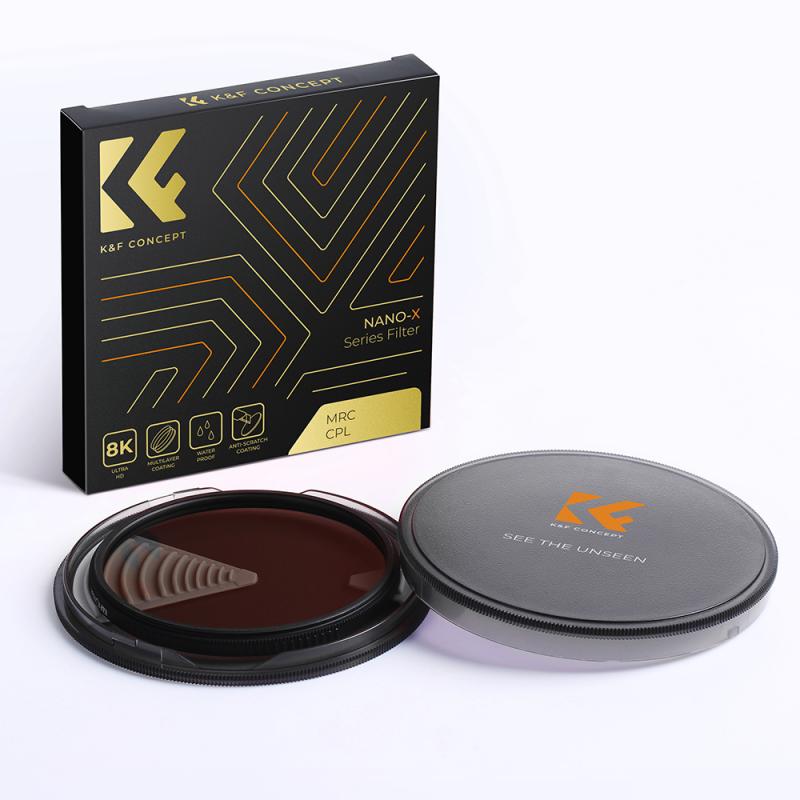
4、 Polarized filters in scientific research and microscopy
Polarized filters are widely used in scientific research and microscopy for various purposes. These filters are designed to selectively block or transmit light waves that are polarized in a specific direction. By doing so, they help researchers and scientists to enhance contrast, reduce glare, and improve the quality of images obtained through microscopes.
In scientific research, polarized filters are commonly used in fields such as materials science, geology, and biology. They are particularly useful in studying the optical properties of materials, analyzing crystal structures, and examining the behavior of light in different substances. By manipulating the orientation of the polarized filters, researchers can reveal hidden details, identify specific features, and differentiate between different components within a sample.
In microscopy, polarized filters play a crucial role in enhancing image quality. They help to eliminate unwanted reflections and glare, which can often hinder the observation of fine details. By reducing these distractions, polarized filters enable researchers to obtain clearer and more accurate images, making it easier to study cellular structures, identify specific molecules, and analyze biological samples.
Moreover, the latest advancements in polarized filter technology have further expanded their applications in scientific research and microscopy. For instance, researchers are now using polarized filters in combination with other imaging techniques, such as fluorescence microscopy, to obtain more comprehensive and detailed information about biological samples. Additionally, the development of advanced polarized light microscopy techniques, such as differential interference contrast (DIC) microscopy, has revolutionized the field by providing three-dimensional imaging capabilities and enhancing the visualization of transparent specimens.
In conclusion, polarized filters are essential tools in scientific research and microscopy. They enable researchers to improve image quality, enhance contrast, and reduce glare, thereby facilitating the study of various materials and biological samples. With ongoing advancements in technology, polarized filters continue to play a vital role in pushing the boundaries of scientific discovery and microscopic analysis.
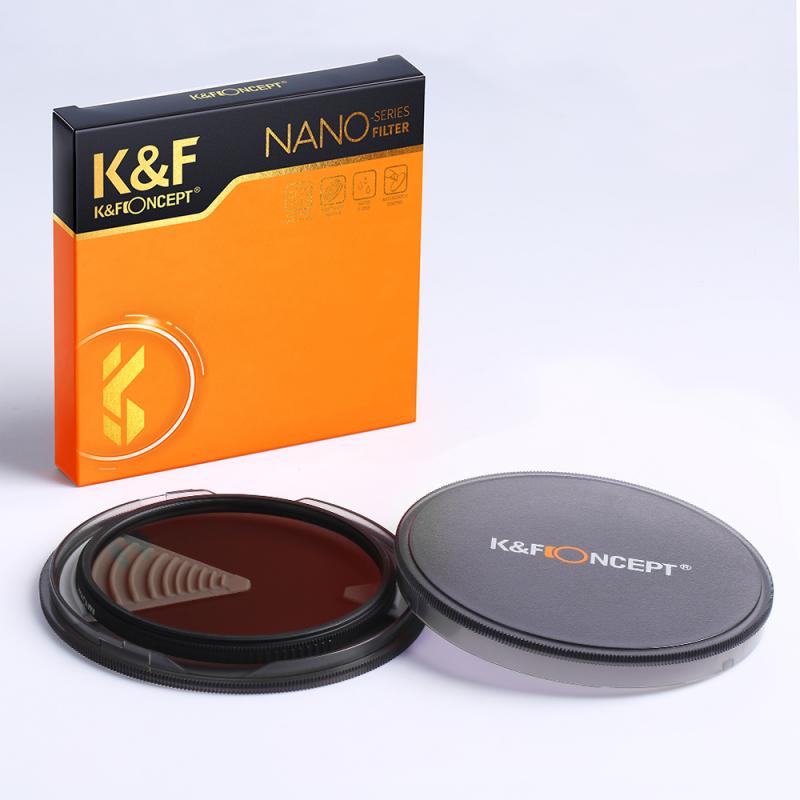

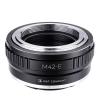


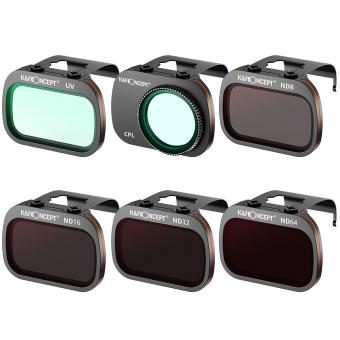
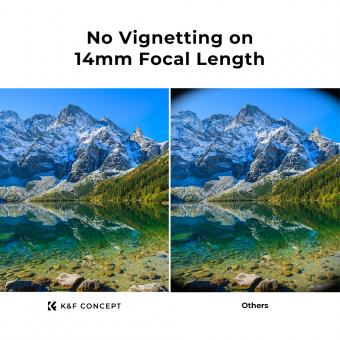






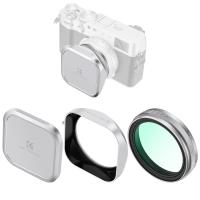
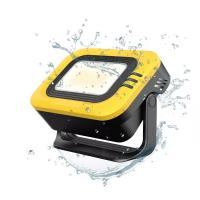



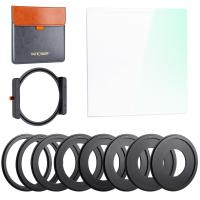














There are no comments for this blog.